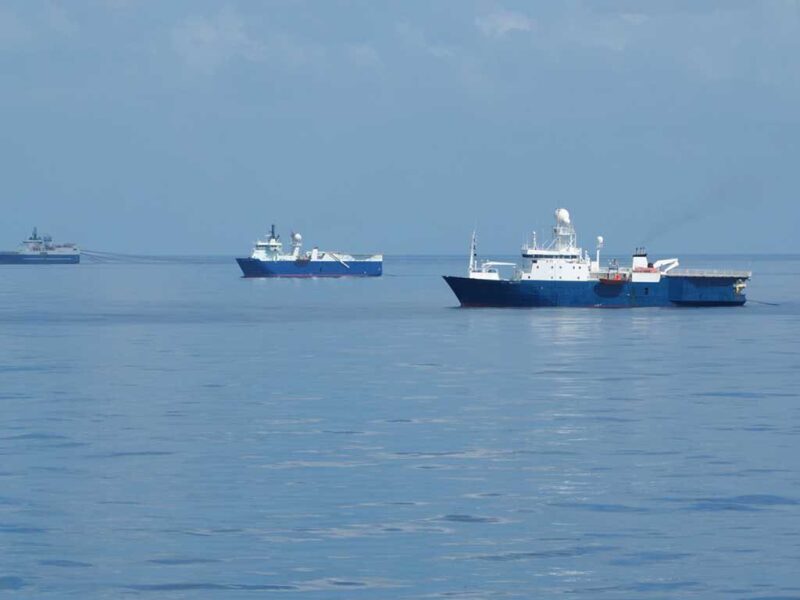According to the International Energy Agency, oil and gas will still be needed in 2040 to meet about half of the world’s growing energy needs—just as they do now. And, as the World Ocean Review reports, about one-third of oil and gas production comes from offshore.
Because marine seismic surveys are critical in finding offshore oil and gas, The International Association of Oil and Gas Producers and the International Association of Geophysical Contractors have collaborated on a position paper that assesses the effect of such work on marine mammals.
This joint report concludes that “After more than 50 years of worldwide seismic surveys and more than 15 years of extensive peer-reviewed scientific research, there remains no evidence that sound from properly mitigated seismic surveys has had any significant impact on any marine populations.”
The paper provides insights into the various aspects of marine sound, the techniques of seismic surveying and the mitigation measures in place to minimize any negative effect that oil and gas seismic work might have on marine populations. These measures include
- Preprogram planning that includes risk assessments and management
- Sound modeling that helps to avoid surveying in specific locations and during specific periods that might have particular sensitivity for some marine life
- Soft-start techniques that involve a gradual increase in the loudness of the sound source to allow animals to move away as the sound grows louder
- Exclusion zones of at least 500 m before seismic activity begins
- Visual monitoring that alerts operators to any breach of an exclusion zone
- Towed passive acoustic monitoring that detects marine mammal vocalizations before seismic work begins

